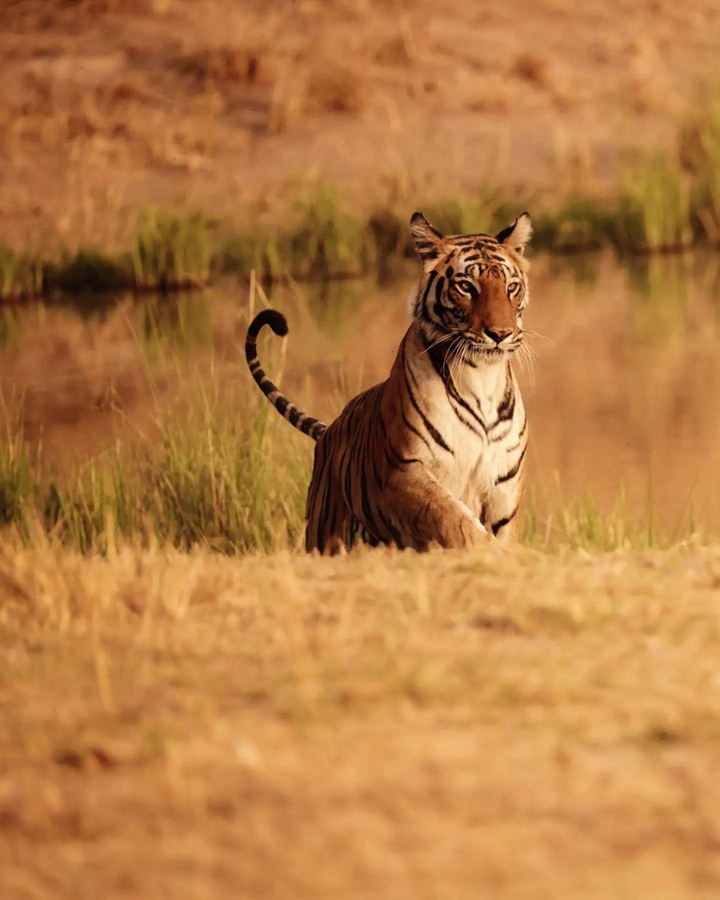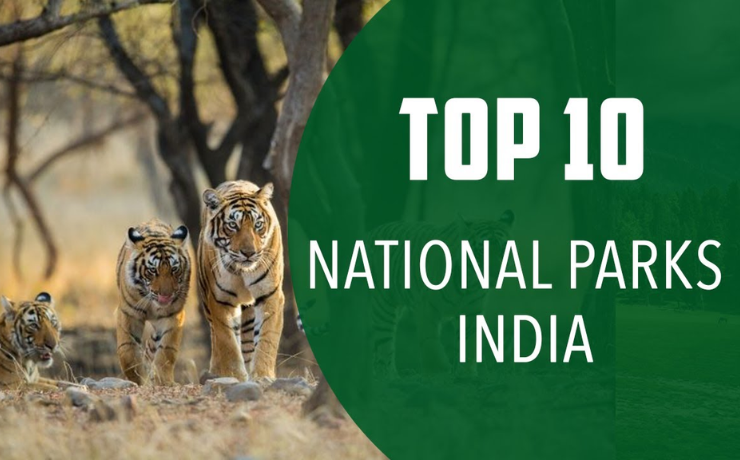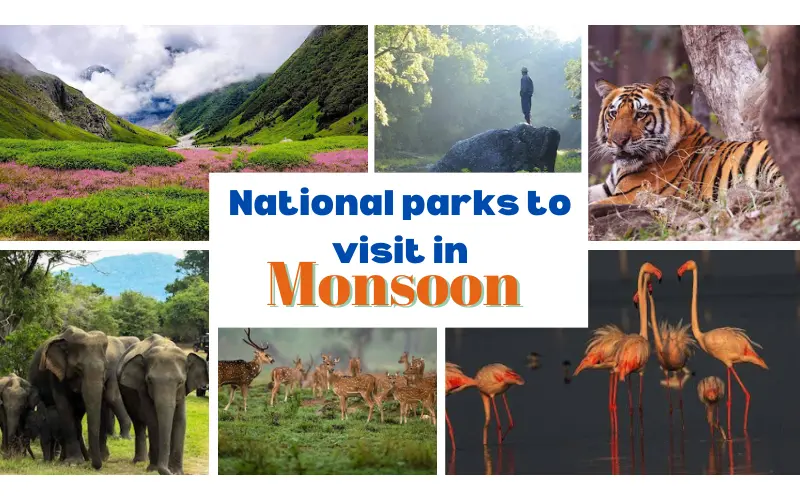National parks in India offer a great experience of wildlife viewing, bird watching, photography, and other activities to visitors from all around the world. They are a growing trend in India and one of the most popular forms of tourism. There are 106 national parks in India, out of which we have picked the top 10 national parks for all wildlife lovers.

1. Jim Corbett National Park
Jim Corbett National Park is a famous place for spotting tigers as well as other wild animals. The national park was established in the year 1936 and named after the popular British hunter Jim Corbett. This is one of the country’s oldest parks and is home to more than 200 Bengal Tigers. There are 5 safari zones in the park which are Dhikala, Bijrani, Jhirna, Dhela, and Durga Devi Zones. Only the Jhirna Zone is open throughout the year, the other four zones are closed during monsoon times. The chances of seeing a tiger are quite less, but there are other animals like elephants, and other resident and migratory birds. You can book your stay in one of the forest rest houses as well.

Location: Nainital District, Ramnagar, Uttarakhand.
Best time to visit: March-June
2. Gir National Park
Located in Gujarat, Gir National Park is the only remaining location of the Asiatic Lions. It is the only place in the world after Africa where you can see lions roaming outside. There are around 210 leopards that live within the area, and you can also explore animals like Sambar Deer and the Chowsingha, which is the world’s only four-horned antelope.

Location: Gujarat.
Best time to visit: December-March
3. Kanha National Park
Kanha National Park is a paradise for wildlife lovers. It is considered one of the most well-managed parks with approximately 105 Bengal Tigers. The park is rich in lush sal and bamboo forests, streams, and open grasslands. The park is known for its swamp deer, and variety of other animals and birds. Kanha’s National Park breeding program has played a very important role in saving the Barasingha from extinction.

Location: Madhya Pradesh.
Best time to visit: April-May
4.Kaziranga National Park
Kaziranga National Park is one of the finest wildlife parks in the world. It is the home to the world’s largest population of one-horned rhinos. This park is on the UNESCO Natural Heritage List, because they have saved one-horned rhinos from the brink of extinction. The park is also home to endangered species like Bengal Tigers, Elephants, Sloth Bears, and many migratory birds.

Location: Assam.
Best time to visit: November-April.
5. Ranthambhore National Park
Ranthambhore National Park is one of the most beautiful national parks in India. With the remains of a crumbling fort, a temple, and three beautiful lakes, Ranthambhore National Park is the former hunting grounds of the Maharaja of Jaipur. The park is home to 45 Bengal tigers, leopards, sloth bears, golden jackals, striped hyenas, and many more. Also, visit the Ranthambhore Fort which dates back to the 10th century and stands as a glorious history of Rajasthan.

Location: Rajasthan.
Best time to visit: June-October.
6.Sundarbans National Park
Sundarbans National Park is one of the oldest and largest national parks in India. It has one of the biggest mangrove forests with a variety of flora, and fauna. The park is home to the Royal Bengal Tigers is only accessible by boat, exploring it this way is a thrilling experience.

Location: Kolkata, West Bengal.
Best time to visit: March-October.
7.Bandipur National Park
Bandipur National Park is one of the largest tiger reserves in India. The park boasts of housing 70 tigers, 300 elephants, leopards, and bears. The park is a part of the Nilgiri Biosphere Reserve and was once the private hunting ground of the Maharajas of Mysore. Monkeys, deer, and elephants are spotted during the safari, if you are lucky you can spot a tiger because they are rarely sighted in the park.

Location: Karnataka.
Best time to visit: November-February.
8.Periyar National Park
Located in the Western Ghats, the Periyar National Park is the only wildlife sanctuary with an artificial lake flowing through the forests. The park is home to wild elephants, lion-tailed macaques, sambar deer, leopards, and Bengal tigers. Periyar National Park offers boating safaris, tiger trailing, and jeep safaris.

Location: Kerala.
Best time to visit: April-September.
9.Bandhavgarh National Park
If you want to witness the Royal Bengal Tigers in a large number, then Bandhavgarh National Park is the place for you. Located in Madhya Pradesh, the park is well known for its tiger population, 22 species of mammals, and 250 species of birds. Apart from tigers, you can also spot a variety of deers, striped hyenas, and leopards.

Location: Madhya Pradesh.
Best time to visit: February- October.
10. Valley of Flowers National Park
The Valley of Flowers National Park is located in the high-altitude alpine valley that comes alive during the monsoon season with around 300 different varieties of flowers. This park is listed as a UNESCO Natural Heritage site. The park contains a significant population of snow leopards and Himalayan musk deers.

Location: Uttarakhand.
Best time to visit: June-September.
Conclusion
These are a few of India’s excellent national parks where you can view wildlife in a way that is both beautiful and unforgettable.





























